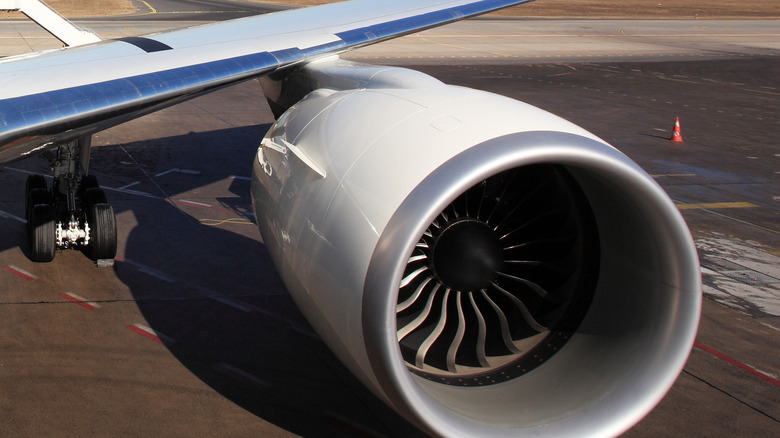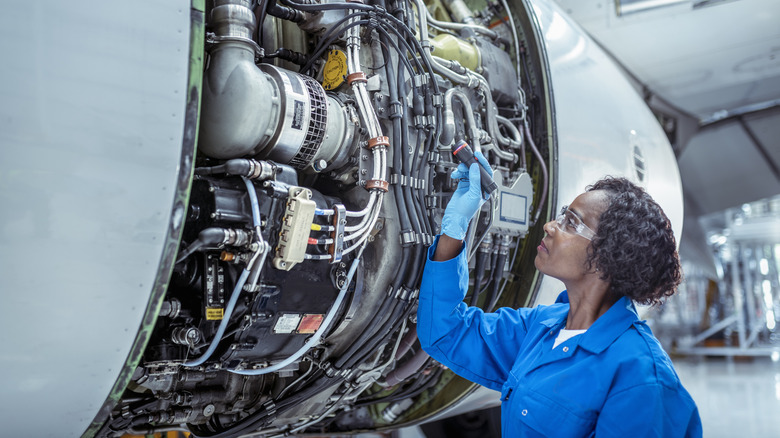Do Jet Engines Need Oil Changes?
Every few thousand miles, we pull into a shop, wait our turn, and let a technician drain and replace the golden liquid that keeps our cars running. Jet engines, however, operate on a completely different playbook. Despite being far more complex, most commercial jet engines can go their entire service lives without ever needing a scheduled oil change. That doesn't mean they don't rely on oil — they do, but the way they use it is fundamentally different. In jet engines, combustion happens in a dedicated chamber with no moving parts, and it's isolated from the lubrication system. It's also cooled by smartly engineered airflow rather than by oil. All this means that jet oil isn't exposed to the usual culprits like fuel residue, soot, or water that break down oil in car engines.
Instead of being replaced, oil is simply topped up to compensate for consumption. Cockpit sensors that track quantity, pressure, and temperature in real time help keep track. Maintenance crews also routinely check filters and seals. The process is more like giving your car a splash of new oil every day and never doing a full change.
As for the oil's job, the focus is on lubricating the high-speed bearings and helping manage heat generated by the turbine and compressor sections. The unique duties mean it has a different composition from the oil used in car engines. Jet engines run on synthetic lubricants specially designed to withstand a punishing range of conditions, from the freezing cold of high-altitude flight to the heat inside turbine assemblies. These oils have high film strength, low volatility, and a wide temperature and pressure tolerance.
Jet engines burn oil constantly, but that's only half the story
Jet engines burn through a lot of oil. Take the Airbus A320, for example. Doug Morris, an Air Canada captain, explains that each of the plane's CFM56 engines consumes roughly half a liter of oil per hour of flight. With most commercial flights lasting several hours, that adds up quickly. Because of this, daily oil top-ups are routine. Pilots ensure oil levels meet both the minimum threshold and the amount they expect to burn mid-flight.
What's particularly interesting is what happens to the oil that doesn't get burned. ExxonMobil explains that over time, the oil inside a jet engine can become a blend of various ages. Some of it is freshly topped up, while the rest may have been in circulation for a significant period. In low-consumption engines with frequent flight cycles, portions of the oil can remain in use longer. That's where things get tricky. If oil resides too long, it may begin to degrade, potentially losing viscosity and forming deposits like varnish, sludge, and even carbon buildup. These byproducts can compromise the lubricating performance of the oil and gradually affect engine reliability. To prevent that, engineers rely heavily on the right choice of lubricant.
So it's clear that jet engines basically run on a top-up model. But the story is completely different for piston-engine aircraft. These propeller-driven planes, such as those used in flight training or bush flying, do require routine oil changes, typically every 25 to 50 flight hours. That's because their engines resemble car engines in design and contain components like pistons and crankshafts.

